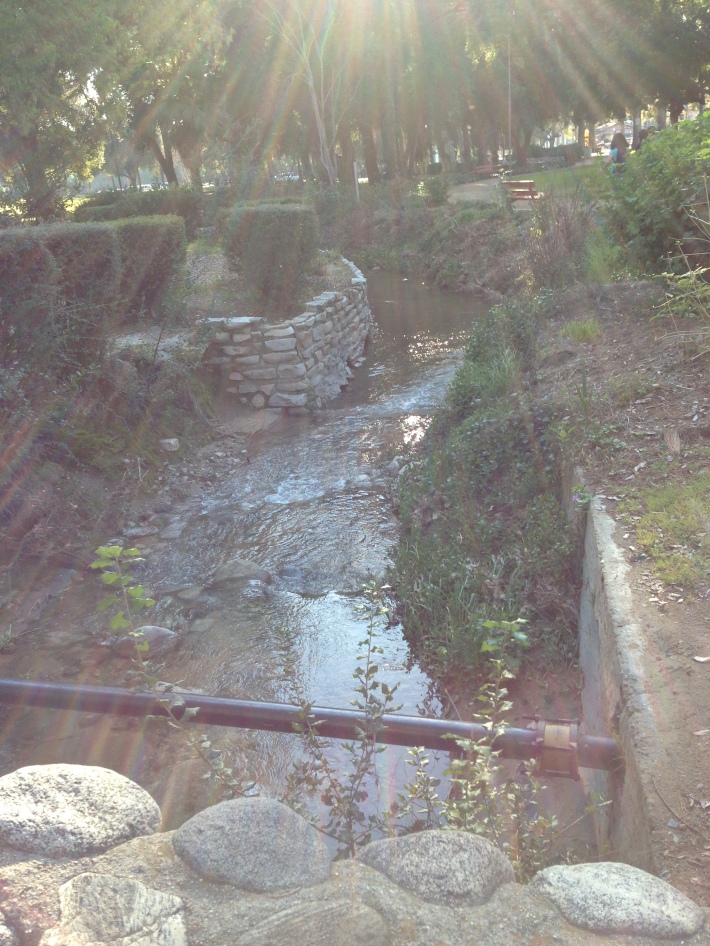I just finished an intense 7 day course yesterday, which earns you the Wilderness First Responder certification in wilderness medicine. (Offered by the Wilderness Medical Associates).
Each day is about 10-11 hours long, which does not include the homework (typically reading and some examination of case studies). In that time you spend many hours in the classroom taking notes on whatever it is you’re learning whether it be critical systems (circulatory, respiratory and nervous) and their potential respective problems (no pulse, not breathing or no consciousness) or some other illness/problem such as hypothermia or anaphylaxis.
When you’re not in the classroom taking notes, you’re outside either learning hands on treatments (such as CPR) doing patient assessment drills or taking part in simulations. The patient assessment drills typically worked so that there were two “WFRs” to one patient and the “WFRs” were given the basic location and activity, and they had to figure out what potential and actual problems there were, and what the best plan or treatments are.
So what are the simulations? The simulations are very similar, only instead of each person being an individual patient, most of them are scenes with multiple casualties. Perhaps a better phrase is a scene of mass chaos. The rest of the class serves as a rescue team that must work together to secure the whole scene. I won’t reveal what our specific simulations are, so that others looking at getting the certification can still be surprised, but it was intense. The teacher video records much of it, and afterwards, plays the video so he or she can go over what went well and what didn’t go so well. Also the thing with the simulations is, be prepared for very realistic looking wounds. Especially if the instructor has had good training, the make-up jobs are really realistic, all the way down to vomit which is a mixture of oatmeal, parmesan cheese and orange juice. Truly disgusting. But if you are squeamish, be prepared for some very real looking lacerations to the head and etc.
It was intense: emotionally, mentally and physically stressful and draining, but there’s a lot to be learned. And the confidence that comes after passing is tremendous. It is well worth the time and stress for anyone looking to be serious outdoors people.
Until next time,
Joe
